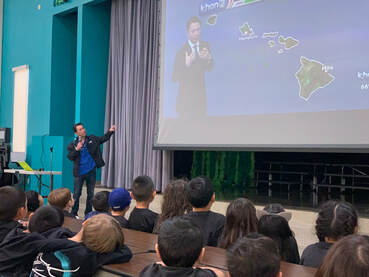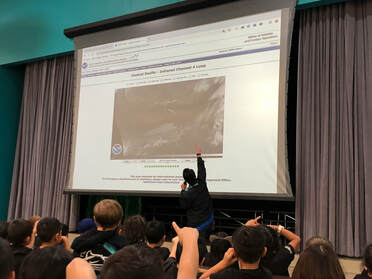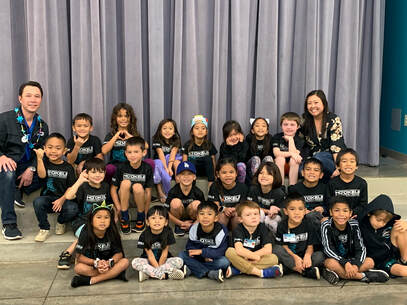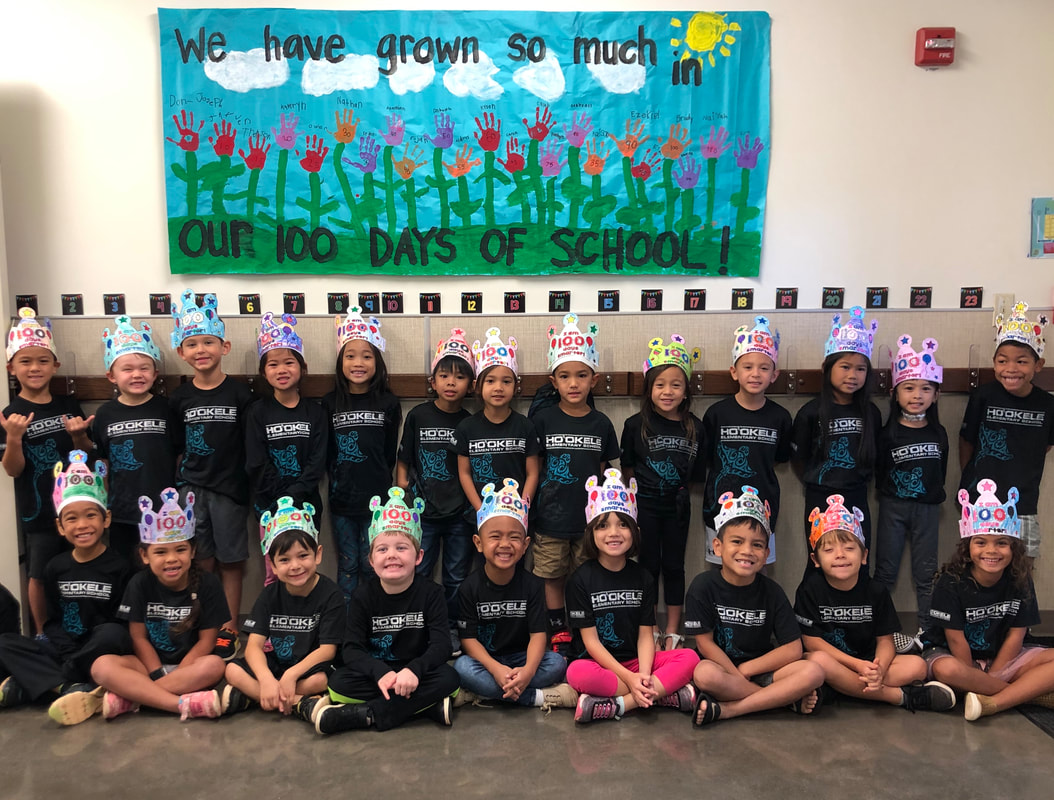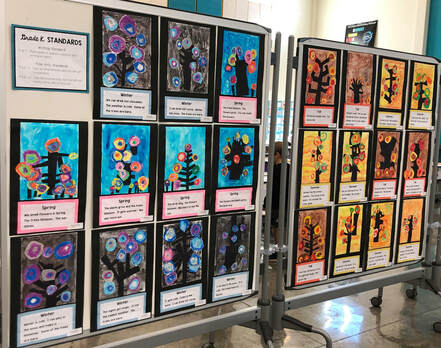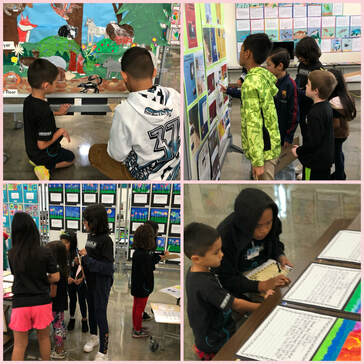QUARTER 3
We are beginning our Project Based Learning Unit on severe weather and how to be prepared. A very big THANK YOU to Justin Cruz from KHON2 for teaching us about weather and your job! This was an amazing opportunity four our kindergartners to hear first-hand from an expert in this field!
|
LANGUAGE ARTS:
|
MATH:
|
|
READING: LITERATURE
READING: INFORMATIONAL TEXT
READING: FOUNDATIONAL SKILLS
WRITING
SPEAKING AND LISTENING
|
COUNTING AND CARDINALITY
OPERATIONS AND ALGEBRAIC THINKING
NUMBERS AND OPERATIONS IN BASE TEN
GEOMETRY
|
We created Wassily Kandinsky inspired art on the Four Seasons! This process included: researching the artist and topic, creating artwork using watercolor and oil pastels, and writing about our chosen season. We were so excited to have our work displayed, as well as seeing everyone else's wonderful work! Thank you to our 4th grade buddy class for visiting the showcase and helping us write our happy grams!
